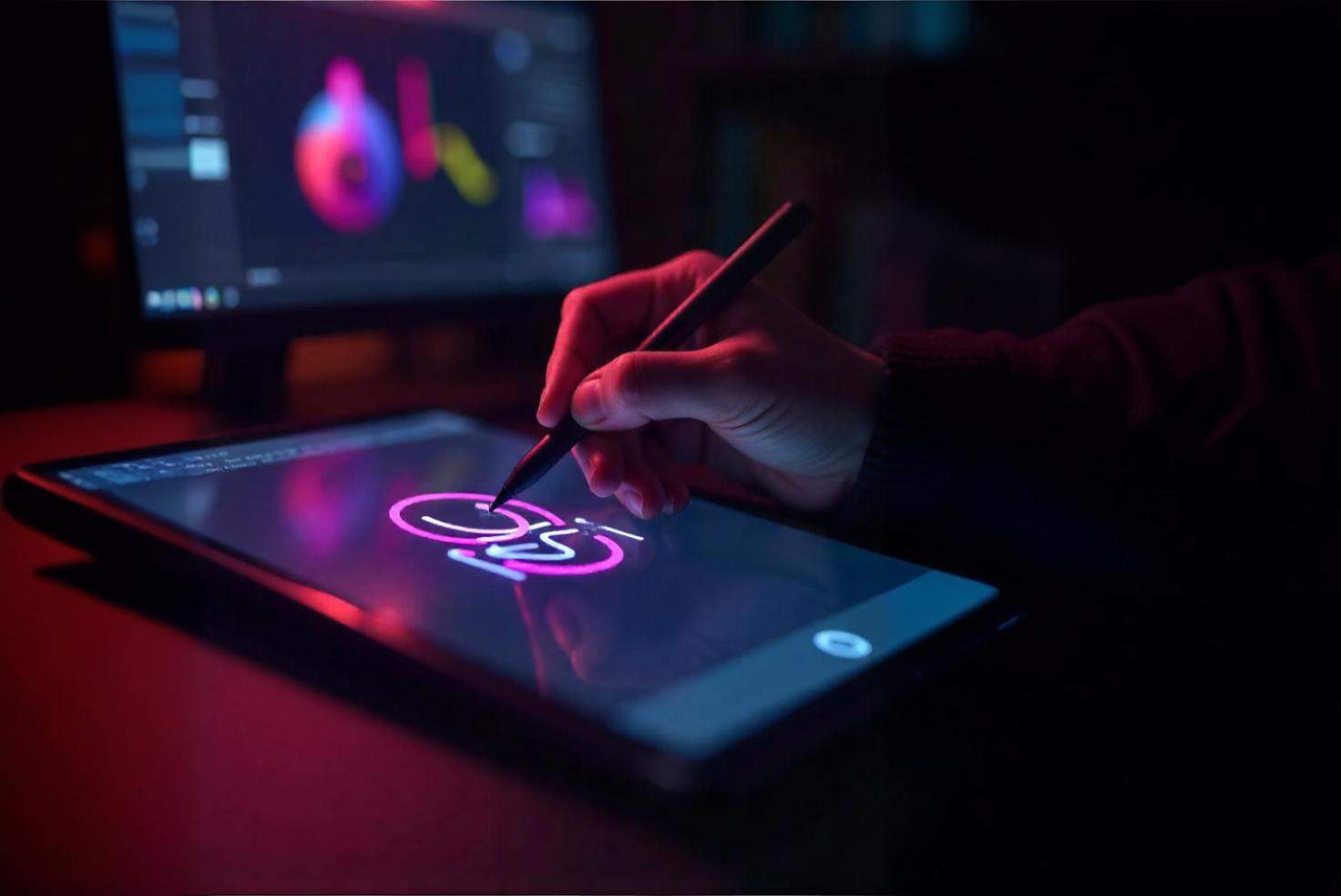The Unrivalled 7-Step Creative Graphic Design Process
Master the creative graphic design process in 7 actionable steps. Learn how to streamline workflows, engage clients, and deliver standout visuals.
What is a Design Process?
A design process is a structured framework used to solve visual problems, ensuring consistency, creativity, and client alignment. It breaks projects into phases—research, ideation, execution, and refinement—to deliver effective solutions.
The 7-Step Creative Graphic Design Process
Step 1: Research & Discovery
What is the first step in the design process?
Begin by understanding the project’s goals, audience, and context.
Client Brief: Gather details on brand guidelines, target demographics, and deliverables.
Competitor Analysis: Identify industry trends and gaps.
Audience Personas: Define user needs (e.g., “busy moms needing quick recipes”).
Tools: Surveys, mood boards, SWOT analysis.
Step 2: Concept Development
What are some techniques you use while designing?
Brainstorm ideas that align with the research.
Mind Mapping: Link themes like “trust” or “innovation” to visual elements.
Sketching: Draft rough concepts on paper or digitally.
Mood Boards: Curate color palettes, typography, and imagery.
Example: For a eco-friendly brand, concepts might include leaf motifs and earthy tones.
Step 3: Creating Drafts/Sketches
How do you streamline a design process?
Develop 2–3 polished drafts to present to clients.
Digital Tools: Adobe Illustrator, Figma, or Procreate.
Feedback Loops: Share early drafts internally to catch issues.
Step 4: Feedback & Revisions
How to guide clients through the web design process?
Present drafts clearly and manage expectations.
Client Workshops: Use platforms like Miro for collaborative edits.
Prioritize Changes: Address critical feedback first (e.g., logo readability).
Pro Tip: Limit revision rounds to 2–3 to avoid scope creep.
Step 5: Finalization
What is the most effective design process using agencies?
Refine the chosen design with precision:
Typography: Ensure legibility across devices.
Color Testing: Check accessibility (WCAG standards).
File Prep: Export in required formats (PDF, PNG, SVG).
Step 6: Delivery
What is the process of digitizing a design?
Hand off assets and provide usage guidelines:
Brand Kits: Include logos, fonts, and color codes.
Responsive Design: Optimize visuals for web, mobile, and print.
Step 7: Evaluation & Iteration
Why is process important for UX design?
Review outcomes and gather post-launch feedback.
Performance Metrics: Track engagement (clicks, conversions).
A/B Testing: Compare design variants for future improvements.
Key Questions Answered
What are the five components of a design method?
Research
Ideation
Prototyping
Testing
Implementation
Which stage of the design process is most important?
Research & Discovery—flawed insights lead to misguided designs.
How is a logo design process different?
Focuses on symbolism, scalability, and brand identity. Typically takes 2–4 weeks.
What’s the objective of the product design process?
To solve user problems through functional, aesthetically pleasing solutions.
What are personas in the design process?
Fictional profiles representing target users (e.g., *“Tech-Savvy Tim, 35, seeks efficient apps”*).
Design Process Comparisons
| Graphic Design | Engineering Design |
|---|---|
| Focuses on aesthetics | Solves technical problems |
| Iterates via client feedback | Uses prototyping & testing |
Streamlining Your Workflow
How to estimate the timeline of your design process?
Simple Projects: 1–2 weeks (e.g., social media graphics).
Complex Projects: 6–8 weeks (e.g., rebranding campaigns).
Tool: Trello or Asana for task tracking.
Final Takeaways
Collaborate Early: Involve clients in the research phase.
Stay Flexible: Adapt steps for unique projects (e.g., UI/UX vs. print).
Measure Success: Use data to refine future workflows.
By following this 7-step framework, you’ll transform vague ideas into impactful visuals while keeping clients engaged and projects on track.

